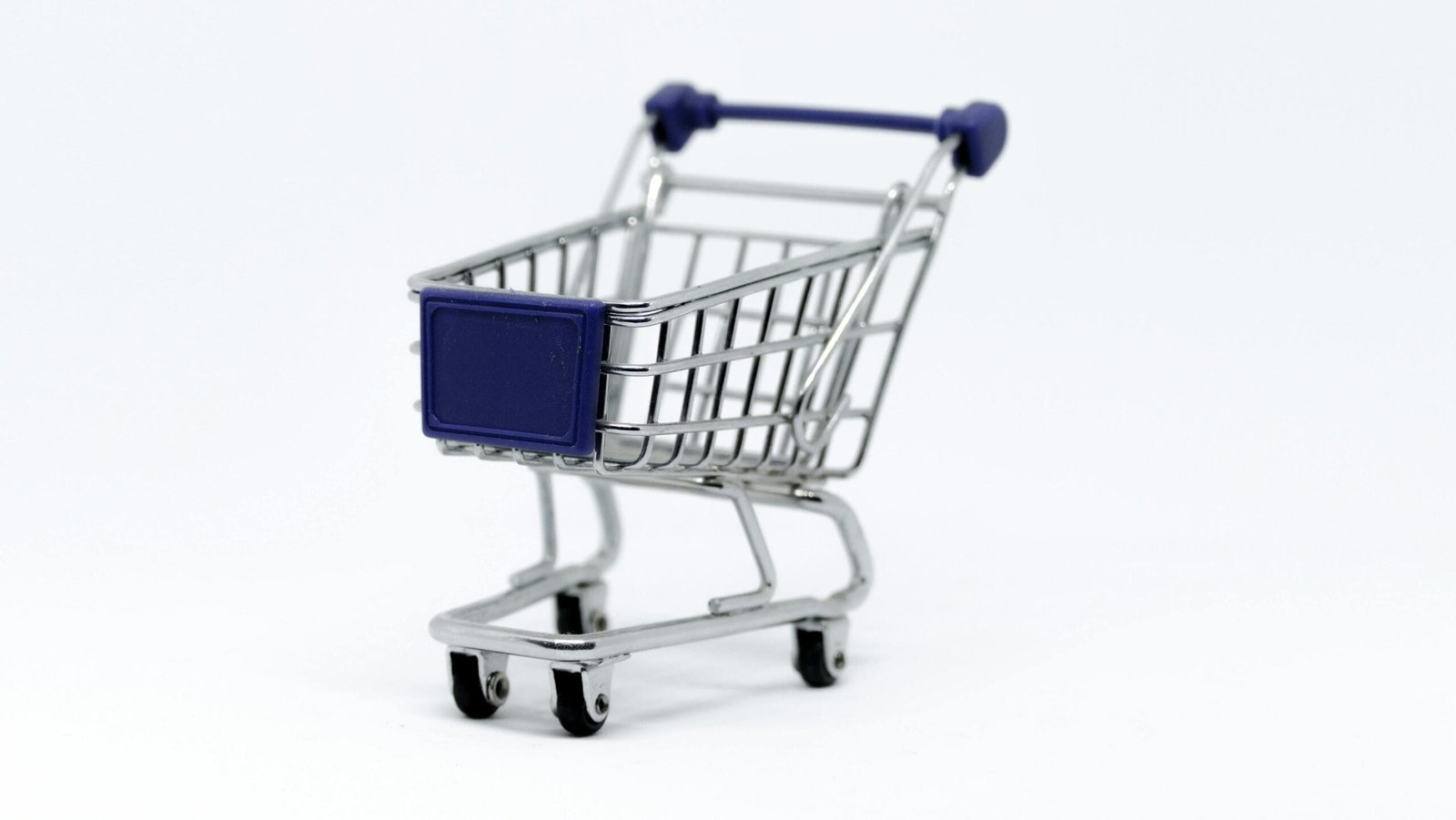When it comes to business, the terms B2B and B2C are often thrown around, but what do they really mean—and why does it matter? Understanding the difference between these two models is crucial for marketing, sales strategies, and overall business success.
B2B (Business-to-Business)
B2B refers to transactions between businesses. In this model, one company sells products or services to another company rather than to individual consumers.
Examples include software companies selling tools to other businesses, wholesalers providing goods to retailers, or consulting firms offering services to corporations.
Key characteristics of B2B:
Longer sales cycles: B2B purchases often involve multiple decision-makers and thorough research.
Relationship-driven: Trust, reliability, and long-term partnerships are critical.
Higher-value transactions: Deals tend to be larger and more complex.
Targeted marketing: Marketing efforts are focused on specific industries or company types. B2C (Business-to-Consumer)B2C, on the other hand, involves selling directly to individual consumers. This is the type of business most people encounter daily, such as online retailers, restaurants, or subscription services.
Key characteristics of B2C:
Shorter sales cycles: Consumers make quicker purchasing decisions. Emotion-driven marketing: Branding, advertising, and user experience play a big role in influencing buyers.
Lower-value, high-volume transactions: Individual purchases are typically smaller, but businesses rely on selling to many customers.Broad marketing: Strategies often target large audiences and focus on convenience, price, or brand appeal.
Why the Difference Matters
The distinction between B2B and B2C impacts everything from product design to marketing campaigns:A B2B company might invest heavily in account managers and customized solutions.A B2C company focuses on branding, customer experience, and mass appeal.By understanding your target audience—whether it’s another business or individual consumers—you can craft strategies that better meet their needs and drive sustainable growth.

